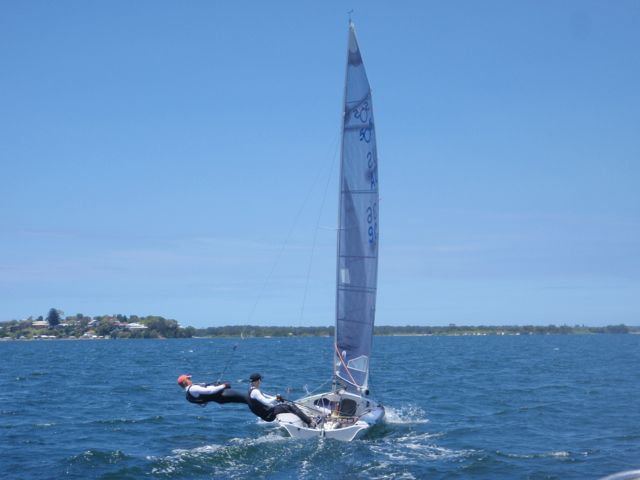

Upwind legs are the most important part of a race, and they offer the greatest opportunities for sailors to gain an advantage over their competition.
Sailing fast upwind is one of the most challenging aspects of the sport. In this blog, we’ll explore the best ways to sail upwind, strategies to help you sail fast and smart, and why upwind legs are so crucial.
Why Upwind Legs are So Important
Upwind legs are critical because they often determine the outcome of a race. If you can sail upwind faster and smarter than your competitors, you’ll be able to gain a significant advantage.
However, if you struggle to sail upwind, you’ll quickly find yourself falling behind. Upwind legs also tend to be the longest legs of a race, which means they offer more opportunities to gain or lose ground.
Sail Fast and Smart Upwind
To sail fast and smart upwind, you need to focus on a few key areas:
Boat speed:
The faster you can sail, the better chance you have of winning. To sail fast upwind, you need to trim your sails for the conditions, keep your weight in the appropriate position, and sail at the optimal angle to the wind.
Wind shifts:
Wind shifts are changes in wind direction that can help or hurt your boat’s distance to the weather mark. To sail smart upwind, you need to be aware of these shifts and adjust your sailing strategy accordingly.
Tacking:
Tacking can be costly, both in terms of time and boat speed, so you need to be strategic about when you tack and keep tacks to a minimum.
Depending on the type of boat you sail and the conditions, you can lose one to many boat lengths in every tack. In a light weight dinghy a tack is not as costly as it is in a heavy displacement boat so strategies are by necessity quite different.
Strategy to Sail Fast and Smart Upwind
To sail fast and smart upwind, you need to develop a strategy that takes into account the wind, your boat’s and crews capabilities, and your competition.
Here are some tips to help you sail upwind like a pro:
Set Priorities:
When sailing upwind, it’s important to set priorities. Determine what’s most critical to your boat’s performance, such as boat speed, wind shifts, or avoiding other boats. Once you’ve identified your priorities, you can adjust your sailing strategy accordingly.
Consider the Cost of Tacking:
Tacking is a necessary part of sailing upwind, but it can be costly. Every time you tack, you lose speed, and it takes time to get your boat back up to speed. Try to minimize the number of tacks you make by looking for opportunities to sail in the same direction as the wind shifts.
Rule of Thumb – Sail Towards the Next Shift:
When sailing upwind, it’s crucial to anticipate wind shifts and adjust your course accordingly. A good rule of thumb is to sail towards the next shift. This will help you stay in the strongest wind and take advantage of any shifts as they occur.
Understand Oscillating and Persistent Shifts:
Wind shifts come in two types: oscillating and persistent. Oscillating shifts are changes in wind direction that oscillate back and forth. Persistent shifts are changes in wind direction that remain in place for an extended period.
Understanding the difference between these types of shifts helps you make better decisions about whether to tack on a shift or keep on.
Prior to the start, sail upwind towards the first mark on each tack, recording the subtle changes in direction. This will help you to determine a mean wind direction and whether the wind shifts are oscillating or persistent.


